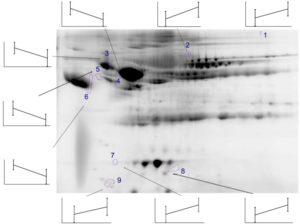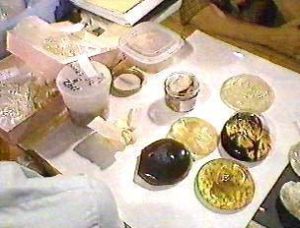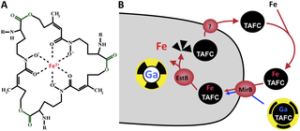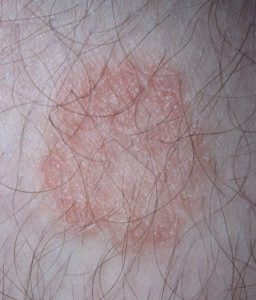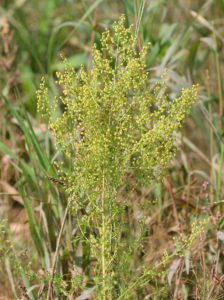Submitted by Aspergillus Administrator on 7 September 2012
 |
| Leon Armunier – The first victim |
There is much focus in the media on the possibility of poisoning by fungal toxins – much of it in the context of the home or in damp/mouldy places of work. In those cases it is often presumed that the toxins are breathed in along with numbers of fungal spores and allergens and there is little to show that acutely toxic quantities can be received via that route. Chronic exposure is the subject of current research.
In contrast there is no dispute that sufficient quantities of mycotoxins can be acquired via eating mouldy food – massive quantities can be present on foods that are infected with toxin and those eating it can be unaware of the presence of the toxins, or be forced to eat what food they have as there is nothing else to eat. In fact prior to 1950 there was no good understanding of mycotoxins and what they could do as the toxins had not been isolated or characterised up until then, though the toxic effects of certain fungi were noted and had been the subject of some experimentation (link).
Many mysterious bouts of illness have been noted going back a long way into history – thousands of years in fact and include poisonings referred to as ergot. We now think many of these are consistent with mycotoxin poisoning but proof is impossible.
As recently as 1951 there was an incident in the French village of Pont-Saint-Esprit where hundreds of people started to behave in a highly unusual way (e.g. obsessively counting window panes, attempting to fly) and seven died. The authorities decided that there had been a faulty batch of bread which was made using flour contaminated with a mercury-based fungicide, though that finding has been questioned several times as it does not precisely fit the symptoms observed.
More bizarrely an article was discussed on the BBC in 2010 claiming the the US Central Intelligence Agency (CIA) had been experimenting with the drug LSD on the townspeople of Pont-Saint-Esprit!
This more recent commentary suggests that in fact the poisoning was most likely caused by Aspergillus fumigatus and its toxins (originally suggested by Moreau in 1982) – particularly because the mill that produced the infected flour was reported to have been flooded earlier in the same year – providing excellent conditions for fungal growth withing the flour or stored grain.
We will never what happened at Pont-Saint-Esprit for sure but this one incident illustrates how difficult it is to pin down cases of mycotoxin poisoning, even in relatively modern day cases. Suggested alternative causes can be numerous and unusual and the affected individuals in 1951 found it as hard to prove what caused their illness as they do nowadays when trying to prove in court the existence of a mycotoxin illness caused by inhaled mycotoxin – only one survivor was ever compensated.
News archives
-
Title
Date

